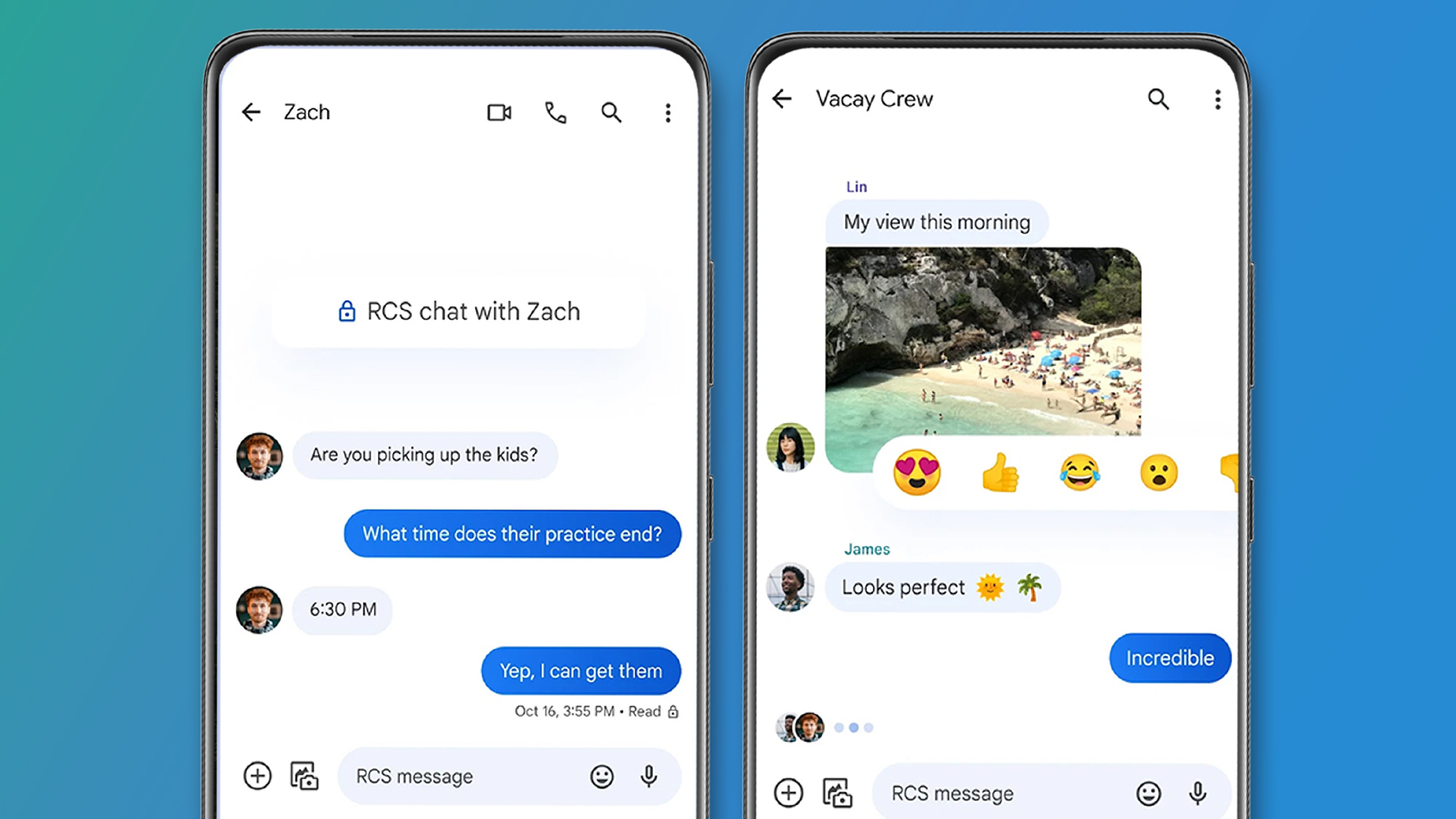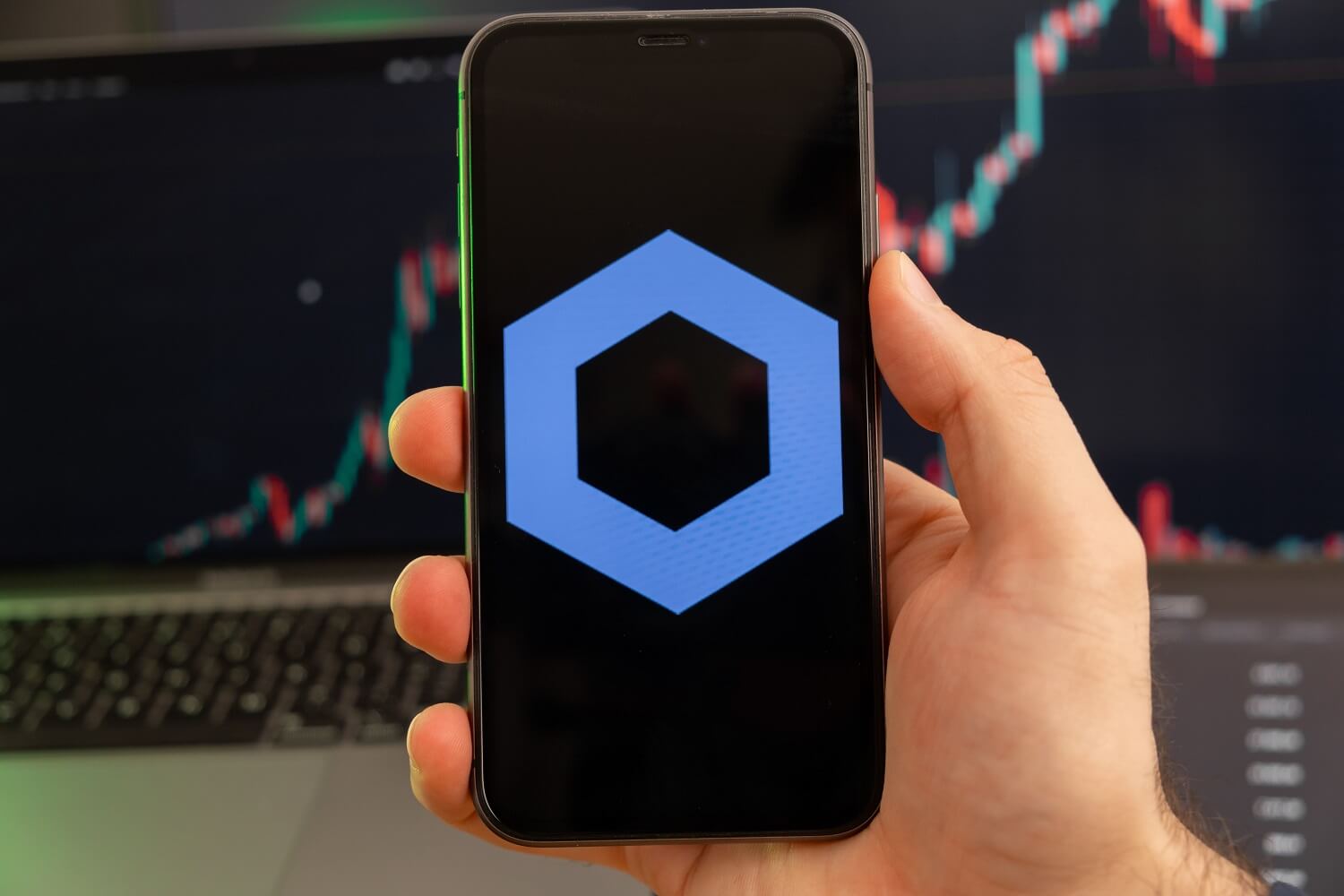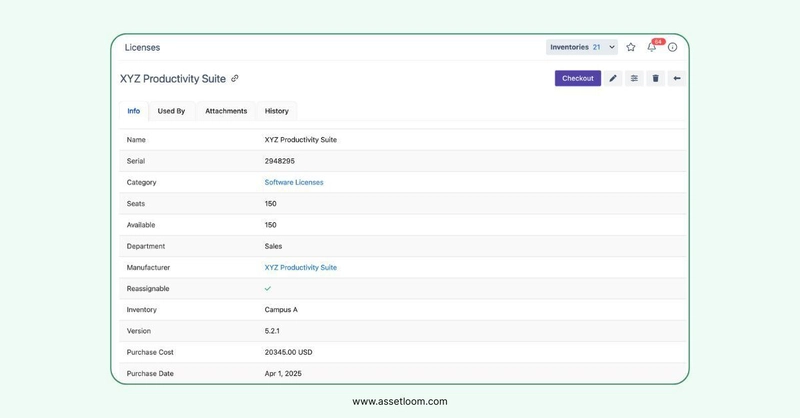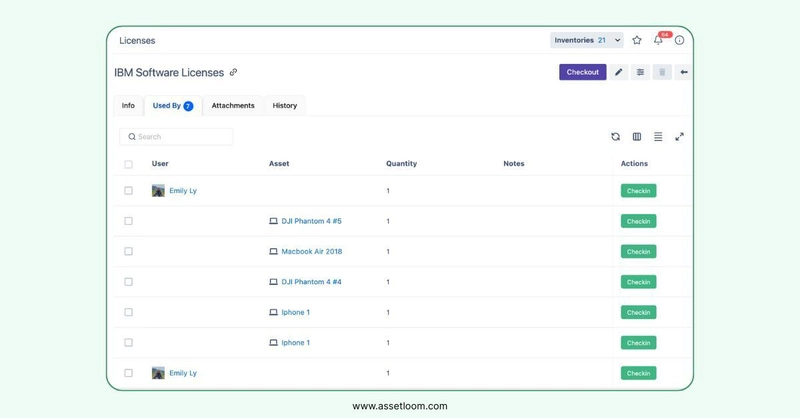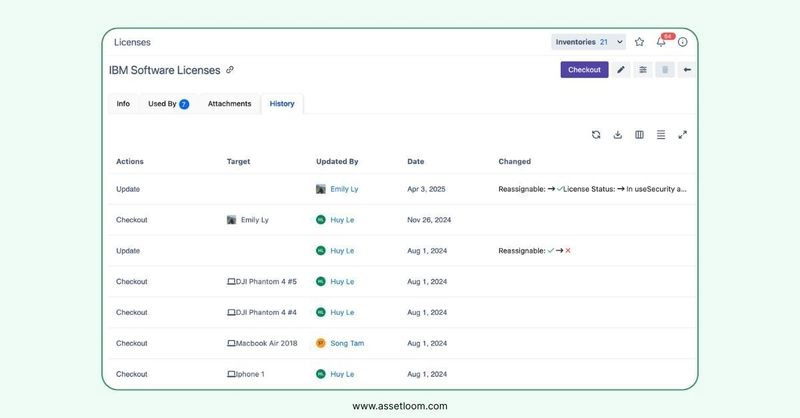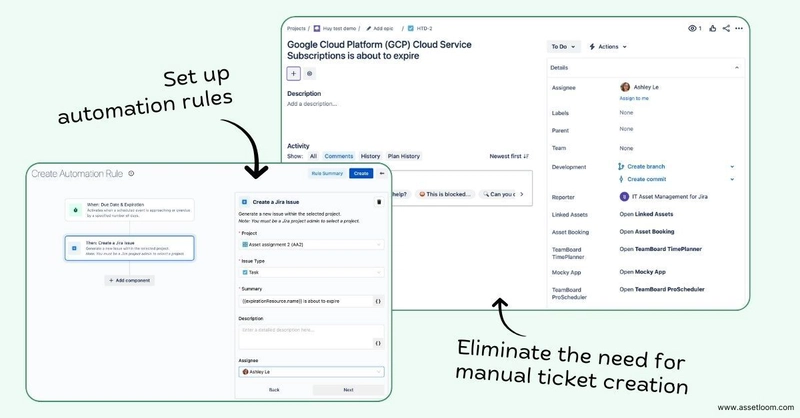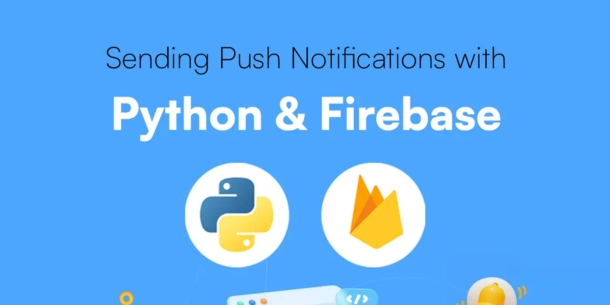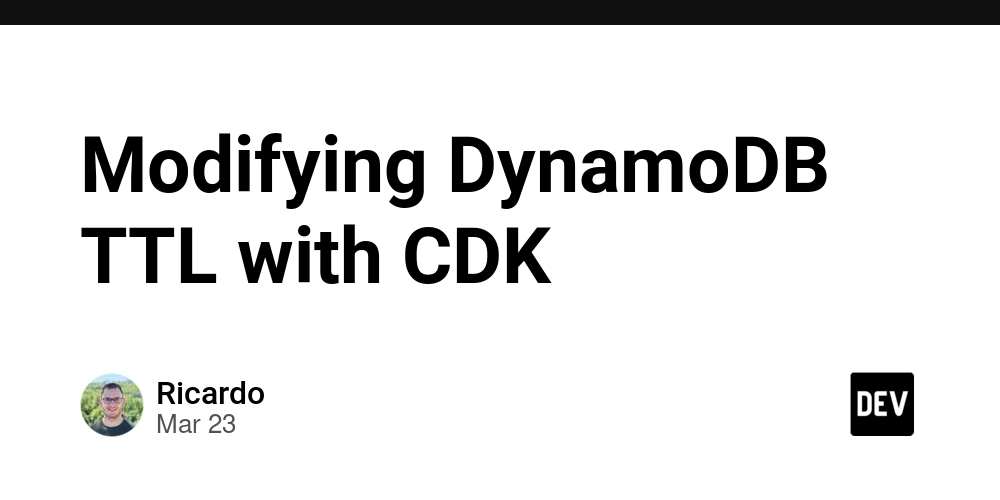Software License Management Process: Key Steps to Learn
Software has become an indispensable part of life in the 21st century, woven into the fabric of work and daily routines. Technology grows, so does the frequent use of software. The thing is, the potential of each software can be unlocked if and only if it goes through effective monitoring and management. Like any asset, software has its own downtime, which needs to be tracked and managed. This is where a proper software license management process steps in. Software license management (SLM) itself is a systematic process of tracking, controlling, and optimizing an organization’s software licenses. Knowing how to apply the SLM process to a business will ensure compliance, reduce costs, and maximize efficiency. This article dives deep into the SLM process, breaking it down into its core components, exploring its challenges, and offering practical insights for implementation. Learn more. What is A Software License Management Process? At its core, the software license management process is about maintaining visibility and control over the software an organization uses. Every piece of software comes with a license—a legal agreement dictating how it can be used, distributed, or modified. These licenses vary widely: some are perpetual (one-time purchase), others are subscription-based (e.g., SaaS models), and many come with restrictions like user limits or geographic boundaries. Without proper management, organizations risk non-compliance, overspending, or underutilizing their software investments. What’s more, the software license management process involves cataloging licenses, monitoring usage, ensuring adherence to terms, and planning for renewals or upgrades. It’s a balancing act between meeting operational needs and staying within legal and budgetary constraints. Why Software License Management Process Matters The stakes of a proper software license management process are high. Non-compliance with license agreements can lead to audits by software vendors, resulting in hefty fines—sometimes in the millions of dollars. For example, in 2023, Gartner estimated that the probability of an audit for midsize to large organizations is 40% over the next two years, increasing by 20% annually. Software audit usually comes with penalties exceeding initial licensing costs. Beyond compliance, an effective SLM process helps organizations avoid over-purchasing licenses they don’t need or missing out on features they’re entitled to use. It’s a strategic process that aligns software usage with business goals. The Software License Management Process: Step by Step The software license management process can be broken into several key steps. While the specifics may vary depending on an organization’s size or industry, the following framework provides a universal blueprint. 1. Discovery and Inventory Creation The first step is knowing what you have. This involves discovering all software installed across an organization’s devices—servers, desktops, laptops, and even cloud environments. Manual tracking is impractical for most businesses, so automated ITAM tools are often deployed. These tools scan networks, identify installed applications, and match them against purchased licenses. Once software is identified, an inventory is created. This catalog includes details like software name, version, vendor, license type (e.g., perpetual, subscription, open-source), and the number of authorized users or devices. Accuracy here is critical—missed software can lead to compliance gaps, while duplicates inflate costs. Software license management in AssetLoom 2. License Entitlement Verification Next, organizations must verify what they’re entitled to use. This means cross-referencing the inventory with purchase records, contracts, and vendor agreements. For example, a company might have 100 licenses for a design tool but discover 120 installations. Alternatively, they might own a multi-user license but only utilize it for one department. This step often reveals discrepancies. Open-source software, for instance, might be free but come with usage restrictions (e.g., GNU General Public License terms). Subscription licenses might include hidden clauses, like automatic renewals or tiered pricing based on usage. Reconciling these details ensures the organization knows its legal standing. 3. Usage Monitoring and Optimization With an accurate inventory and entitlement data in hand, the focus shifts to monitoring usage. How many employees are actually using that expensive CRM software? Are there dormant licenses that could be reassigned? Tools with real-time analytics can track metrics like login frequency, feature usage, and device allocation. Usage monitoring in AssetLoom Optimization follows monitoring. If a company pays for 50 licenses but only 30 are active, it might negotiate a smaller contract at renewal. Conversely, if usage exceeds licenses, additional purchas

Software has become an indispensable part of life in the 21st century, woven into the fabric of work and daily routines. Technology grows, so does the frequent use of software. The thing is, the potential of each software can be unlocked if and only if it goes through effective monitoring and management. Like any asset, software has its own downtime, which needs to be tracked and managed.
This is where a proper software license management process steps in. Software license management (SLM) itself is a systematic process of tracking, controlling, and optimizing an organization’s software licenses. Knowing how to apply the SLM process to a business will ensure compliance, reduce costs, and maximize efficiency. This article dives deep into the SLM process, breaking it down into its core components, exploring its challenges, and offering practical insights for implementation.
What is A Software License Management Process?
At its core, the software license management process is about maintaining visibility and control over the software an organization uses. Every piece of software comes with a license—a legal agreement dictating how it can be used, distributed, or modified. These licenses vary widely: some are perpetual (one-time purchase), others are subscription-based (e.g., SaaS models), and many come with restrictions like user limits or geographic boundaries. Without proper management, organizations risk non-compliance, overspending, or underutilizing their software investments.
What’s more, the software license management process involves cataloging licenses, monitoring usage, ensuring adherence to terms, and planning for renewals or upgrades. It’s a balancing act between meeting operational needs and staying within legal and budgetary constraints.
Why Software License Management Process Matters
The stakes of a proper software license management process are high. Non-compliance with license agreements can lead to audits by software vendors, resulting in hefty fines—sometimes in the millions of dollars. For example, in 2023, Gartner estimated that the probability of an audit for midsize to large organizations is 40% over the next two years, increasing by 20% annually. Software audit usually comes with penalties exceeding initial licensing costs.
Beyond compliance, an effective SLM process helps organizations avoid over-purchasing licenses they don’t need or missing out on features they’re entitled to use. It’s a strategic process that aligns software usage with business goals.
The Software License Management Process: Step by Step
The software license management process can be broken into several key steps. While the specifics may vary depending on an organization’s size or industry, the following framework provides a universal blueprint.
1. Discovery and Inventory Creation
The first step is knowing what you have. This involves discovering all software installed across an organization’s devices—servers, desktops, laptops, and even cloud environments. Manual tracking is impractical for most businesses, so automated ITAM tools are often deployed. These tools scan networks, identify installed applications, and match them against purchased licenses.
Once software is identified, an inventory is created. This catalog includes details like software name, version, vendor, license type (e.g., perpetual, subscription, open-source), and the number of authorized users or devices. Accuracy here is critical—missed software can lead to compliance gaps, while duplicates inflate costs.
Software license management in AssetLoom
2. License Entitlement Verification
Next, organizations must verify what they’re entitled to use. This means cross-referencing the inventory with purchase records, contracts, and vendor agreements. For example, a company might have 100 licenses for a design tool but discover 120 installations. Alternatively, they might own a multi-user license but only utilize it for one department.
This step often reveals discrepancies. Open-source software, for instance, might be free but come with usage restrictions (e.g., GNU General Public License terms). Subscription licenses might include hidden clauses, like automatic renewals or tiered pricing based on usage. Reconciling these details ensures the organization knows its legal standing.
3. Usage Monitoring and Optimization
With an accurate inventory and entitlement data in hand, the focus shifts to monitoring usage. How many employees are actually using that expensive CRM software? Are there dormant licenses that could be reassigned? Tools with real-time analytics can track metrics like login frequency, feature usage, and device allocation.
Usage monitoring in AssetLoom
Optimization follows monitoring. If a company pays for 50 licenses but only 30 are active, it might negotiate a smaller contract at renewal. Conversely, if usage exceeds licenses, additional purchases or compliance measures are needed. This step maximizes ROI and prevents wasteful spending.
4. Compliance Management
Compliance is the heartbeat of SLM. Software vendors like Microsoft, Adobe, or Oracle frequently audit their customers to ensure adherence to terms. To prepare, organizations must maintain detailed records—proof of purchase, user assignments, and usage logs. Regular internal audits can preempt vendor scrutiny, identifying risks like unauthorized installations or expired licenses.
Compliance also extends to security. Pirated or unlicensed software can introduce vulnerabilities, exposing organizations to cyberattacks. SLM ensures only legitimate, updated software is in use.
5. Renewal and Retirement Planning
Software licenses aren’t static—they expire, renew, or become obsolete. Planning for these transitions is a proactive part of SLM. For subscription models, this might mean evaluating whether a tool still meets needs before auto-renewal kicks in. For perpetual licenses, it could involve deciding when to upgrade or retire outdated software. Automated ITAM tools often resolve this by sending you the expiration or renewal alerts to make sure you can catch up with the events.
Retirement is often overlooked but critical. Decommissioning unused software frees up licenses for reassignment and reduces maintenance costs. This step requires coordination with IT teams to uninstall software and update the inventory.
6. Reporting and Continuous Improvement
Finally, SLM thrives on data. Regular reports—on usage trends, compliance status, and cost savings—provide insights for decision-making. Are there cheaper alternatives to a costly tool? Is a vendor’s pricing model still competitive? These questions drive continuous improvement, ensuring SLM evolves with the organization’s needs.
Challenges in Software License Management
Despite its importance, software license management isn’t without hurdles. Complexity is a major challenge—modern organizations use hundreds of applications, each with unique licensing terms. Shadow IT (unauthorized software installed by employees) further muddies the waters. A 2023 study by Cisco found that 69% of organizations struggle to track SaaS usage due to decentralized purchasing.
Another challenge is cost. Implementing a software license management process or tools and training staff requires upfront investment, which smaller firms might hesitate to commit. Finally, keeping up with vendor changes—like price hikes or revised terms—demands constant vigilance.
Best Practices for Effective SLM
To overcome these challenges, organizations can adopt several best practices:
- Centralize License Management: Designate a team or individual to oversee SLM, reducing silos and ensuring accountability.
- Leverage Automation: Invest in SAM tools to minimize human error and save time.
- Educate Employees: Train staff on licensing policies to curb shadow IT and promote compliance.
- Negotiate with Vendors: Use usage data to renegotiate contracts, securing better terms or discounts.
- Stay Proactive: Conduct internal audits quarterly, not just when a vendor knocks.
The Future of Software License Management
As software and AI evolve, so does the software license management process. The rise of AI-driven applications and subscription models is shifting focus toward real-time monitoring and predictive analytics. Meanwhile, regulatory pressures—like GDPR or CCPA—are tying SLM closer to data governance, as licenses often dictate how software handles sensitive information.
Conclusion
An effective software license management process is a strategic discipline that safeguards organizations against risk while optimizing resources. Follow a structured process—discovery, verification, monitoring, compliance, planning, and reporting, to turn a potential liability into a competitive advantage. In an era where software drives innovation, mastering software license management isn’t just smart—it’s a must.







































































































































































![[The AI Show Episode 143]: ChatGPT Revenue Surge, New AGI Timelines, Amazon’s AI Agent, Claude for Education, Model Context Protocol & LLMs Pass the Turing Test](https://www.marketingaiinstitute.com/hubfs/ep%20143%20cover.png)




































































































































![From drop-out to software architect with Jason Lengstorf [Podcast #167]](https://cdn.hashnode.com/res/hashnode/image/upload/v1743796461357/f3d19cd7-e6f5-4d7c-8bfc-eb974bc8da68.png?#)


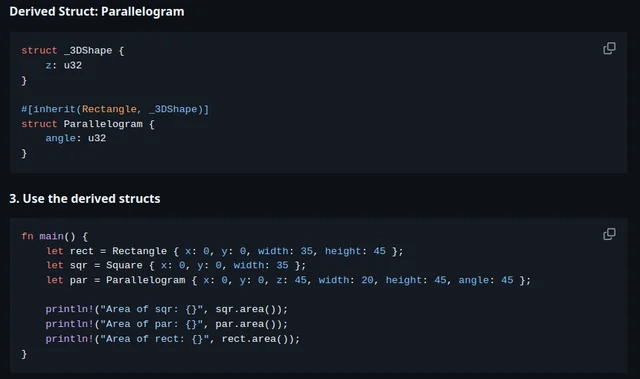







































































































.jpg?#)





.png?width=1920&height=1920&fit=bounds&quality=70&format=jpg&auto=webp#)
























_ArtemisDiana_Alamy.jpg?#)















































































-xl.jpg)













![Yes, the Gemini icon is now bigger and brighter on Android [U]](https://i0.wp.com/9to5google.com/wp-content/uploads/sites/4/2025/02/Gemini-on-Galaxy-S25.jpg?resize=1200%2C628&quality=82&strip=all&ssl=1)












![Apple Rushes Five Planes of iPhones to US Ahead of New Tariffs [Report]](https://www.iclarified.com/images/news/96967/96967/96967-640.jpg)
![Apple Vision Pro 2 Allegedly in Production Ahead of 2025 Launch [Rumor]](https://www.iclarified.com/images/news/96965/96965/96965-640.jpg)

















